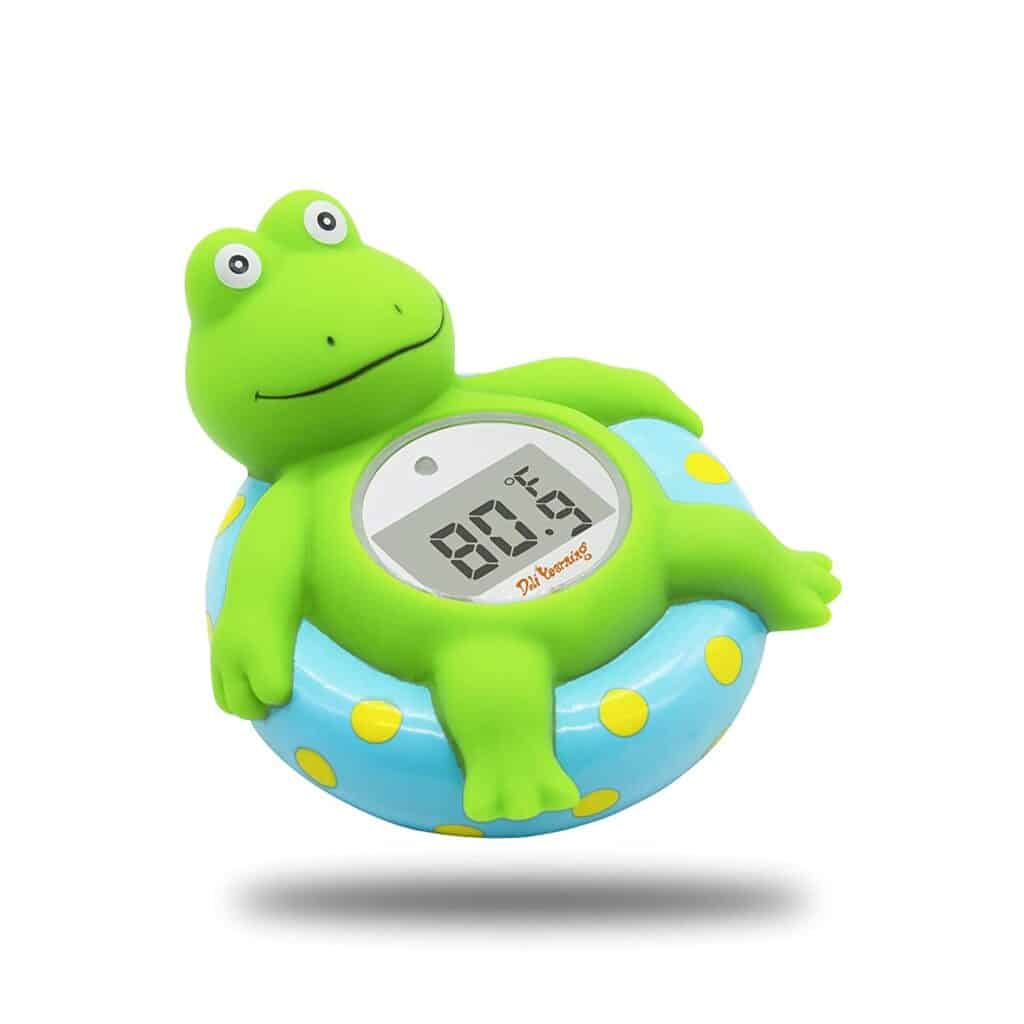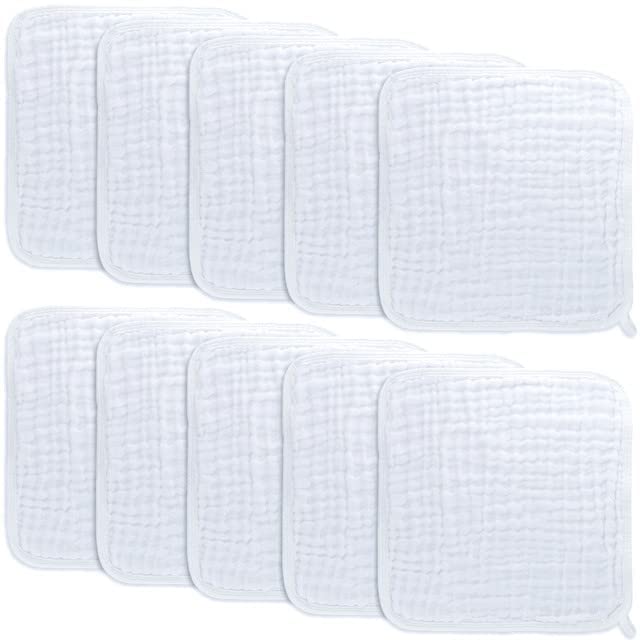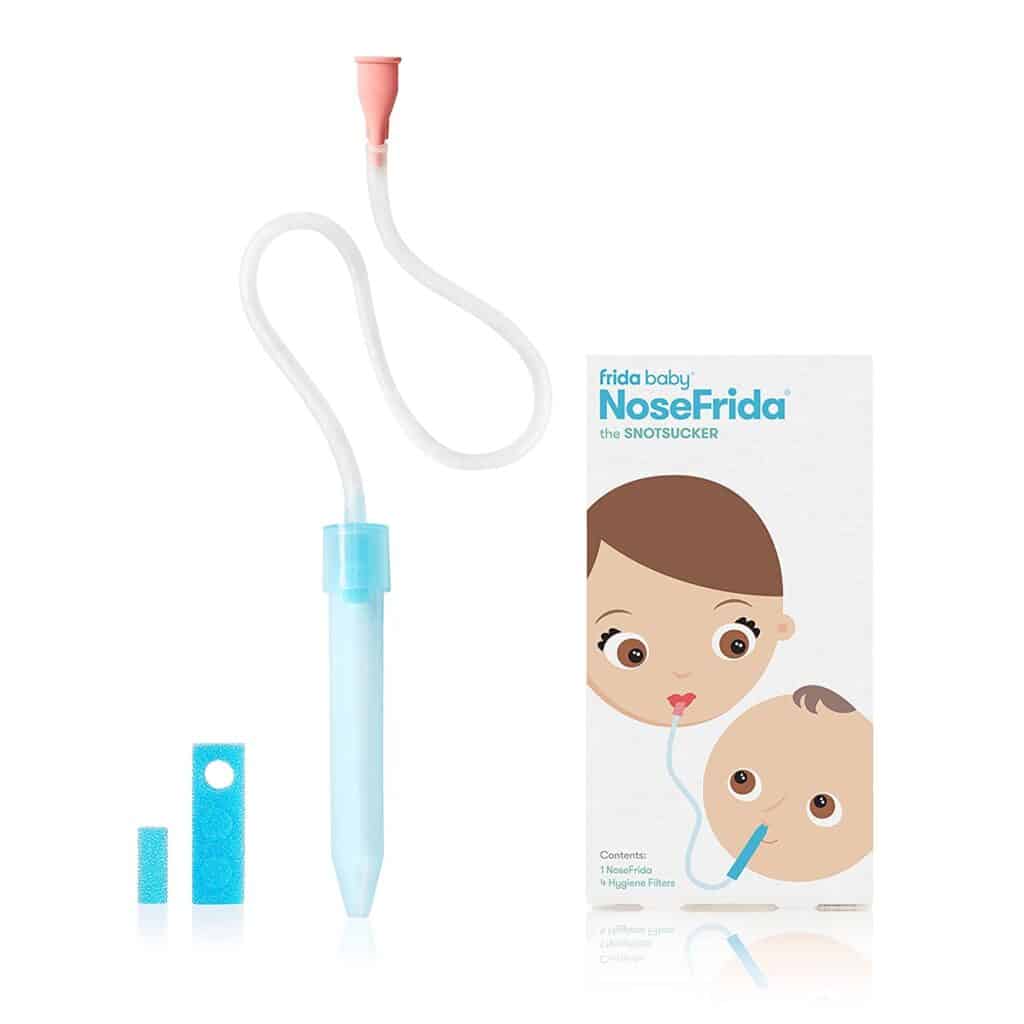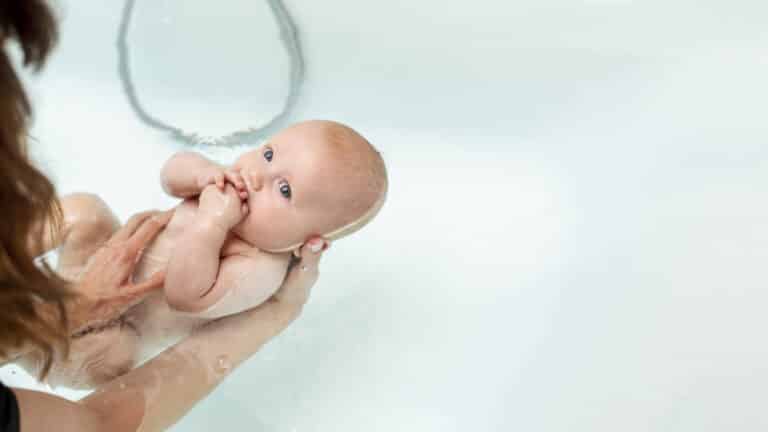
As a caring parent, you want to ensure that your baby stays clean and healthy. This comprehensive guide will provide you with practical tips on how to clean your baby’s body, ears, nose, and nails in a safe and effective manner. We show the importance of using gentle techniques and age-appropriate methods to keep your little one comfortable throughout the process. Let’s dive in!
Cleaning Your Baby’s Body
Bathing your baby is a wonderful opportunity for bonding and maintaining hygiene. While there is no specific age requirement for giving your baby a bath, it’s crucial to prioritize their comfort and safety. Initially, you can start by « topping and tailing, » which involves cleaning their face and bottom. This allows you to become more confident before proceeding to full baths.
When you’re ready to bathe your baby, choose a time when they are content and awake, avoiding right after a feed or when they’re hungry or tired. Some babies take to bath time immediately, while others may need time to adjust. Experiment with different bathing methods and times of day to find what works best for both you and your little one.

Remember, you don’t need to bathe your baby every day. « Topping and tailing » can be done daily, focusing on their face, neck, hands, and bottom. Lay your baby on a changing mat, remove their clothes (leaving on the vest and nappy), and wrap them in a towel. Use warm water-dipped cotton wool to gently clean around their eyes, ears (externally), face, neck, and hands. Ensure you use a fresh piece of cotton wool for each eye.
For cleaning your baby’s bottom and genital area, use fresh cotton wool and warm water, taking care to dry them thoroughly, including between the skin folds, before putting on a clean nappy. Throughout the process, maintain a soothing and reassuring tone by talking to your baby, helping them relax and become familiar with your voice.
Ensure the room is warm, gather all necessary supplies in advance (such as a bowl of warm water, towel, cotton wool, fresh nappy, and clean clothes), and never leave your baby unattended during bath time. If your baby enjoys bath time and you’re comfortable, consider bathing with them for an added bonding experience. Just remember that baths can be slippery, so it’s safer to have someone else present to assist you in handing the baby in and out of the bath.

Cleaning Your Baby’s Ears
Proper ear hygiene is essential to prevent infections and maintain your baby’s aural health. Cleaning your baby’s ears requires gentle techniques and should never involve inserting anything into the ear canal. Instead, focus on cleaning the outer areas of the ear.
To clean your baby’s ears, you can use a cotton ball soaked in warm water or a gentle washcloth with warm water. Gently wipe behind and around the outside of each ear, being cautious not to go inside the ear canal. The ear canal is delicate, and introducing objects into it can cause harm.
If your pediatrician recommends using eardrops, follow their instructions carefully. Typically, you’ll need to place your baby on their side with the affected ear facing up. Pull the lower lobe down and back to open the ear canal. Administer the recommended number of drops and keep your baby in a lying position for up to 10 minutes. Let the drops run out onto a tissue. Always consult your pediatrician for specific guidance on eardrop use.
It’s important to note that cotton swabs are not safe for infants or young children. If you notice waxy buildup or discharge on the outside of the ear, use a warm, wet washcloth to gently clean it. Refrain from inserting anything into your baby’s ear canal, as it can lead to injuries and complications. Earwax buildup is a protective mechanism, and attempting to remove it at home can be risky. Instead, consult your pediatrician for professional earwax removal if necessary.

Be attentive to any signs of ear problems in your baby. If your baby tugs at their ears, has difficulty hearing, or shows yellow-green discharge, promptly inform your baby’s pediatrician. They will assess the situation and provide appropriate guidance. Seek immediate medical help if you notice bleeding from the ear or if your child appears severely ill.
Cleaning Your Baby’s Nose
Maintaining a clear and comfortable nasal passage is important for your baby’s overall well-being, especially as they navigate the challenges of congestion and colds. Cleaning your baby’s nose regularly can help prevent infections and facilitate easier breathing.
To clean your baby’s nose, you can use a saline solution, which is available for purchase at pharmacies or can be made at home. Gently wipe around each nostril with a cotton ball soaked in saline solution to remove mucus. It’s crucial to avoid inserting anything into your baby’s nostrils, as this can cause discomfort and potentially lead to bleeding. Simply focus on cleaning the external areas of the nose.
Before suctioning your baby’s nose, you can use saline drops to help loosen the mucus. Drops are typically gentler than sprays and can be found over the counter. It’s important to anticipate that your baby may cry and move during the suctioning process. This is a normal reaction, and by remaining calm and gentle, you can effectively clear their nasal passages.
Remember, the frequency of nose cleaning may vary depending on the season and your baby’s individual needs. During the summer, cleaning their nose twice a day is usually sufficient, while in the winter or when your baby has a cold, you may need to clean it up to four times a day. Observing your baby’s comfort and breathing patterns will help you determine when to clean their nose more frequently.

Trimming Your Baby’s Nails
Keeping your baby’s nails short and well-maintained is important to prevent scratching and potential infection. However, it’s natural to feel apprehensive about trimming your baby’s delicate nails. With the right approach and tools, you can safely accomplish this task.
There are several options for trimming your baby’s nails, including baby nail clippers, round-ended safety scissors, or an emery board. Choose the tool that you find most comfortable and easy to use. It’s generally recommended to trim their fingernails weekly and their toenails a few times a month.
For newborns, you can peel off the ends of their nails when they are soft. Press their finger pad away from the nail and cut around the curve of the finger. When trimming toenails, cut them straight across to avoid ingrown nails and be cautious not to cut too short or down the sides.
After trimming, use an emery board to smooth any sharp edges. This helps prevent accidental scratching and keeps your baby’s nails comfortable. If your baby wriggles a lot during nail trimming, you can try doing it while they are feeding or sleeping. Additionally, bathing your baby before nail trimming can help soften the nails, making the process easier.
If you find it challenging to trim your baby’s nails on your own, don’t hesitate to seek assistance. One person can hold the baby while the other trims the nails, ensuring a safer and more manageable experience. In situations where using scissors or clippers is not preferred, you can file the nails with a baby emery board.
In the event of accidental cuts, apply clean, damp cotton wool to the affected area with gentle pressure to stop any bleeding. It’s important to note that using bandages or plasters on your baby’s fingers or toes is not recommended, as they may pose a choking hazard.
Conclusion
Caring for your baby’s body, ears, nose, and nails requires attention to detail and a gentle approach. By following these guidelines, you can ensure the cleanliness and comfort of your little one, promoting their well-being and overall health. Remember to create a warm and nurturing environment during these care routines, engaging with your baby through conversation or singing to make the experience enjoyable for both of you.
As your baby grows and develops, their needs will change. Stay attuned to their cues and consult with their pediatrician whenever necessary. By providing consistent care and attention, you will build a strong bond with your baby while keeping them safe, healthy, and happy.




